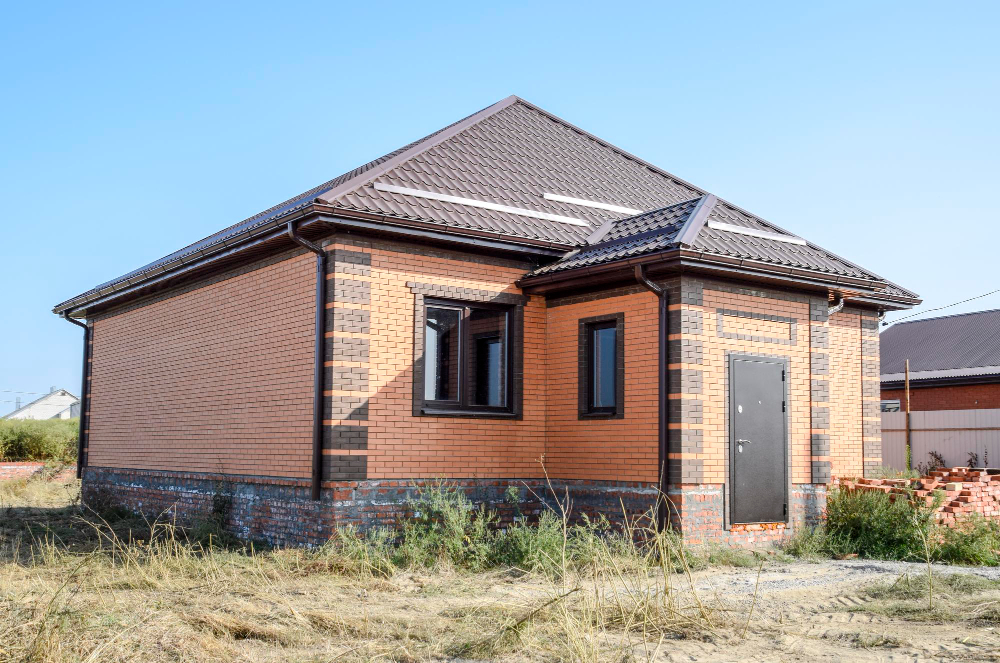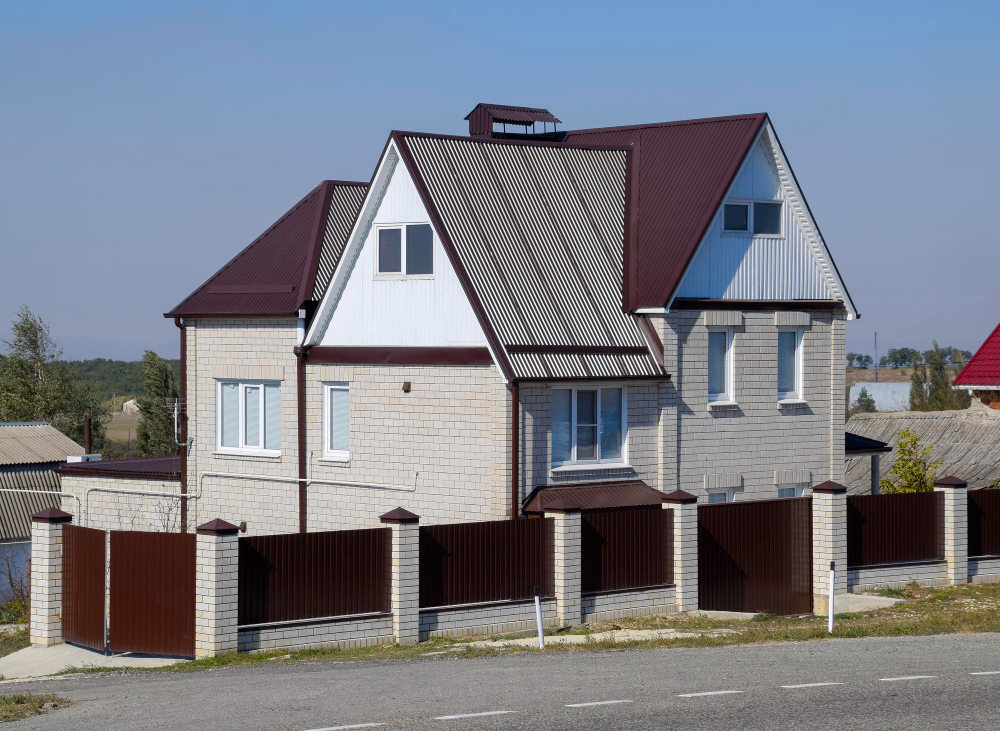Last updated on
As the world becomes increasingly aware of the environmental challenges we face, the construction industry is under pressure to adopt sustainable practices. Roofing, a crucial aspect of building design, plays a significant role in the overall sustainability of a structure.
Implementing sustainable roofing solutions not only reduces the environmental impact but also offers long-term benefits in terms of energy efficiency, durability, and cost-effectiveness.
In this comprehensive guide, we’ll delve into the essential checklist for implementing sustainable roofing solutions. From material selection to installation techniques, each step is crucial in ensuring that your roofing project aligns with sustainable principles while meeting your specific needs and budget constraints.
Assessing Environmental Impact

Before embarking on a roofing project, it’s essential to evaluate the environmental impact of your choices. This involves considering factors such as the carbon footprint of materials, energy efficiency, and the potential for recycling or reusing materials at the end of their lifespan.
Conducting a life cycle assessment (LCA) can help quantify the environmental impacts of different roofing options, allowing you to make informed decisions.
Additionally, consider the embodied energy of materials, which accounts for the energy consumed during extraction, manufacturing, transportation, and installation. Opting for locally sourced materials can reduce transportation emissions and support the local economy.
Choosing Sustainable Materials
Selecting the right roofing materials is paramount to achieving sustainability goals. Several eco-friendly options are available, including recycled metal, clay or concrete tiles, wood shingles, and sustainable roofing membranes made from materials such as rubber or plastic.
Each material has its own set of benefits and considerations, so it’s crucial to weigh factors such as durability, energy efficiency, and recyclability.
Metal roofing, for example, is highly durable, recyclable, and reflects sunlight, reducing the need for air conditioning. Clay and concrete tiles offer natural insulation and have a long lifespan, but they may require more energy for transportation due to their weight.
Prioritizing Energy Efficiency

A key aspect of sustainable roofing is maximizing energy efficiency. A well-insulated and properly ventilated roof can significantly reduce heating and cooling costs while minimizing carbon emissions. Consider investing in high-performance insulation materials such as spray foam or rigid foam board, which provide superior thermal resistance and help maintain a comfortable indoor environment year-round.
Additionally, explore cool roofing options that reflect more sunlight and absorb less heat than traditional dark-colored roofs. Cool roofing materials, such as white membranes or reflective coatings, can lower surface temperatures by up to 50°F on hot days, reducing the demand for air conditioning and mitigating the urban heat island effect.
Conducting an energy audit can help identify areas for improvement and guide your selection of energy-efficient roofing solutions.
Ensuring Durability and Longevity
Sustainability is inherently linked to durability and longevity. A roof that requires frequent repairs or replacement not only incurs additional environmental and financial costs but also disrupts building occupants and activities. When planning a roofing project, prioritize materials and installation techniques that maximize lifespan and minimize maintenance requirements.
Invest in high-quality roofing materials with proven track records of durability and resistance to environmental factors such as UV radiation, moisture, and extreme temperatures. Work with experienced roofing contractors who adhere to best practices and industry standards to ensure proper installation and minimize the risk of premature failure.
Managing Water Runoff and Drainage
Effective water management is essential for sustainable roofing solutions, particularly in regions prone to heavy rainfall or snowmelt. Improper drainage can lead to water infiltration, structural damage, and mold growth, compromising the integrity of the building and indoor air quality.
Incorporate features such as gutters, downspouts, and drainage systems to redirect water away from the building’s foundation and prevent pooling on the roof surface. Additionally, ensuring proper roof repair and replacements are conducted promptly can help maintain the effectiveness of these drainage systems.
Consider installing green roof systems or permeable paving materials to absorb rainwater and reduce stormwater runoff, thereby relieving pressure on municipal sewer systems and minimizing pollution of waterways. Implementing rainwater harvesting systems can also capture and store runoff for non-potable uses such as irrigation, toilet flushing, and cleaning, further reducing water consumption and utility costs.
Disposal and Recycling
At the end of its lifespan, proper disposal and recycling of roofing materials are critical to closing the sustainability loop. Many roofing materials, such as metal, asphalt shingles, and single-ply membranes, can be recycled into new products, reducing the demand for virgin materials and diverting waste from landfills.
Work with reputable recycling facilities or roofing contractors who offer recycling services to ensure that materials are handled responsibly and ethically.
Before beginning a roofing project, inquire about recycling options for old materials and incorporate a plan for waste management into your project timeline and budget. Consider donating salvageable materials to local charities or building material reuse centers, which can provide valuable resources to low-income communities and support sustainable construction practices.
Implementing sustainable roofing solutions requires careful planning, thoughtful decision-making, and collaboration among stakeholders. By assessing environmental impacts, choosing sustainable materials, prioritizing energy efficiency and durability, managing water runoff, and implementing responsible disposal practices, you can create a roof that not only protects the building and its occupants but also minimizes its ecological footprint.
Remember that every roofing project presents an opportunity to contribute to a more sustainable future, one roof at a time.
Table of Contents




